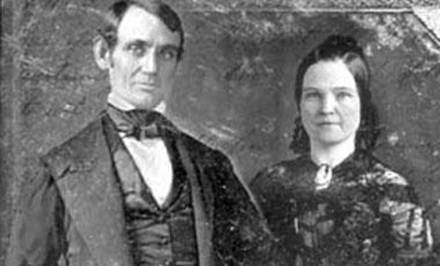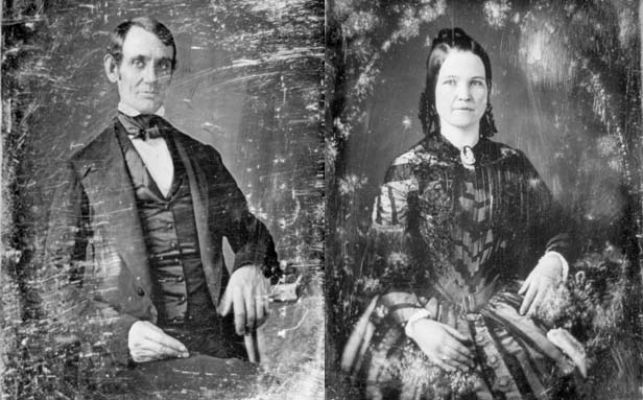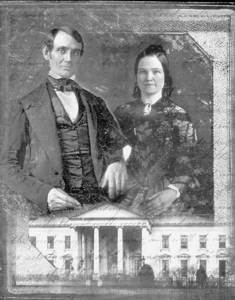Nikola Tesla is a fascinating character, both for his scientific achievements and the intrigue in his personal life. Now for a limited time you can download the e-book, Nikola Tesla: Renewable Energy Ahead of Its Time, at big discounts on Amazon.
As this goes to press there are a few hours left at $0.99. After that, the price stays discounted at $1.99 until December 4th, when it reverts to its normal price.
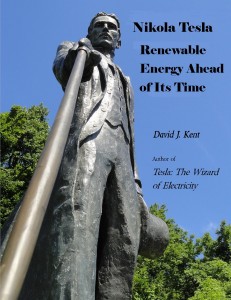
To give you a taste, the following is an excerpt from the beginning of the book:
“My paramount desire today, which guides me in everything I do, is an ambition to harness the forces of nature for the service of mankind.” – Nikola Tesla
The active pursuit of renewable energy sources may seem like a new phenomenon. Only in the 1970s, as a result of the oil crisis and OPEC limitation of oil exports, did the modern world begin to seriously consider the widespread use of energy derived not from coal, oil, and natural gas, but from the sun, wind, and water. Unfortunately, this surge in interest was largely abandoned in the 1980s as the country redirected investment into the military as a means of “winning” the cold war. Now, with the 21st century upon us and with an emphatic understanding that fossil fuels are causing man-made global warming, we are seriously revisiting a shift to renewable energy. We lost over thirty years of renewable energy development, but even that delay pales in comparison when considering the first recognized need for renewable energy by a man named Nikola Tesla.
In fact, Tesla was into renewable energy long before it became cool to be into renewable energy. As the header quote indicates, Tesla had sought to harness the forces of nature for the good of mankind. And he was doing this a hundred years ago.
This volume will explore the motivations of Nikola Tesla and some of his contributions that predate our current efforts to harness the power of nature. The book is intended as an overview rather than a comprehensive treatise on renewable energy then or now. The primary goal is to show that Nikola Tesla, and others, were already seeing the need for renewable resources long before the current resurgence in interest. This e-book expands on a concept briefly addressed in my earlier book, Tesla: The Wizard of Electricity, published by Fall River Press (2013).
Click here to download it now on Amazon.
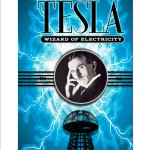 But that’s not all. My original book, Tesla: The Wizard of Electricity, is also now available for pre-order directly on Amazon. Previously you could only get it at Barnes and Noble and from resellers. Now you can get it from Amazon, at BN.com, and at Barnes and Noble bookstores all over the country. A third printing of 20,000 is on order and should sell out fast like the first two printings.
But that’s not all. My original book, Tesla: The Wizard of Electricity, is also now available for pre-order directly on Amazon. Previously you could only get it at Barnes and Noble and from resellers. Now you can get it from Amazon, at BN.com, and at Barnes and Noble bookstores all over the country. A third printing of 20,000 is on order and should sell out fast like the first two printings.
David J. Kent has been a scientist for over thirty years and is the author of Tesla: The Wizard of Electricity and the e-book Nikola Tesla: Renewable Energy Ahead of Its Time.
Follow me by subscribing by email on the home page. And feel free to “Like” my Facebook author’s page and connect on LinkedIn. Share with your friends using the buttons below.



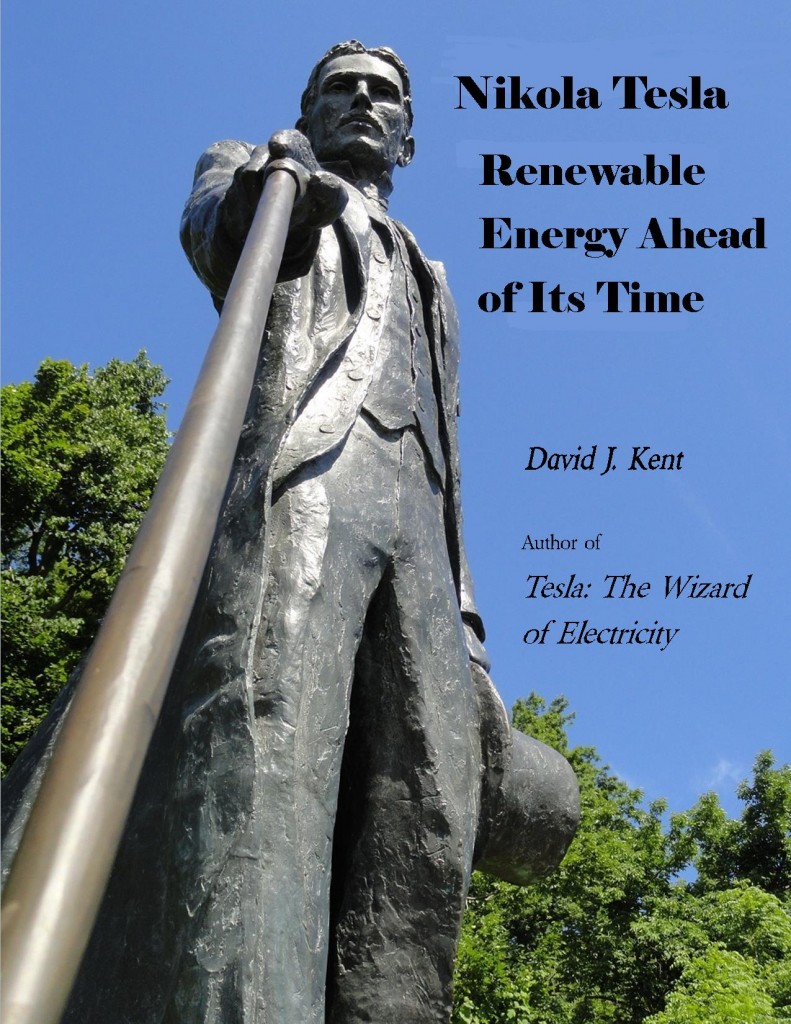
 We can thank none other than Abraham Lincoln for the great turkey-eating, pie-gulping, football-watching holiday of Thanksgiving. Yes, Abraham Lincoln.
We can thank none other than Abraham Lincoln for the great turkey-eating, pie-gulping, football-watching holiday of Thanksgiving. Yes, Abraham Lincoln.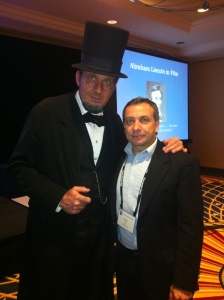

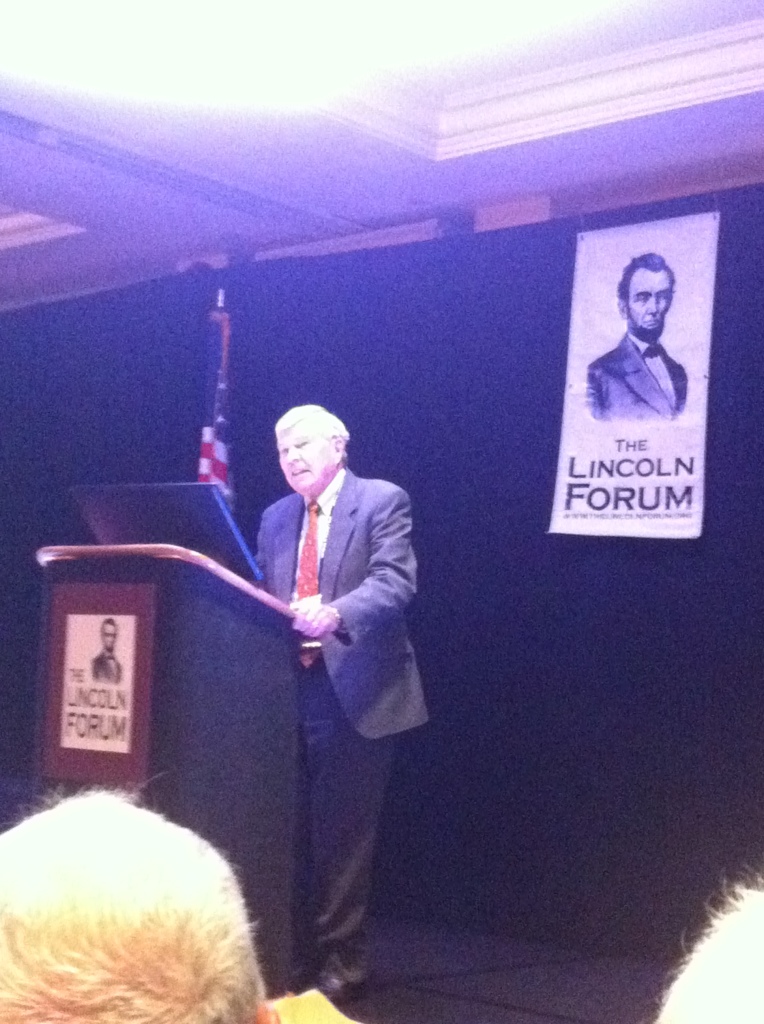
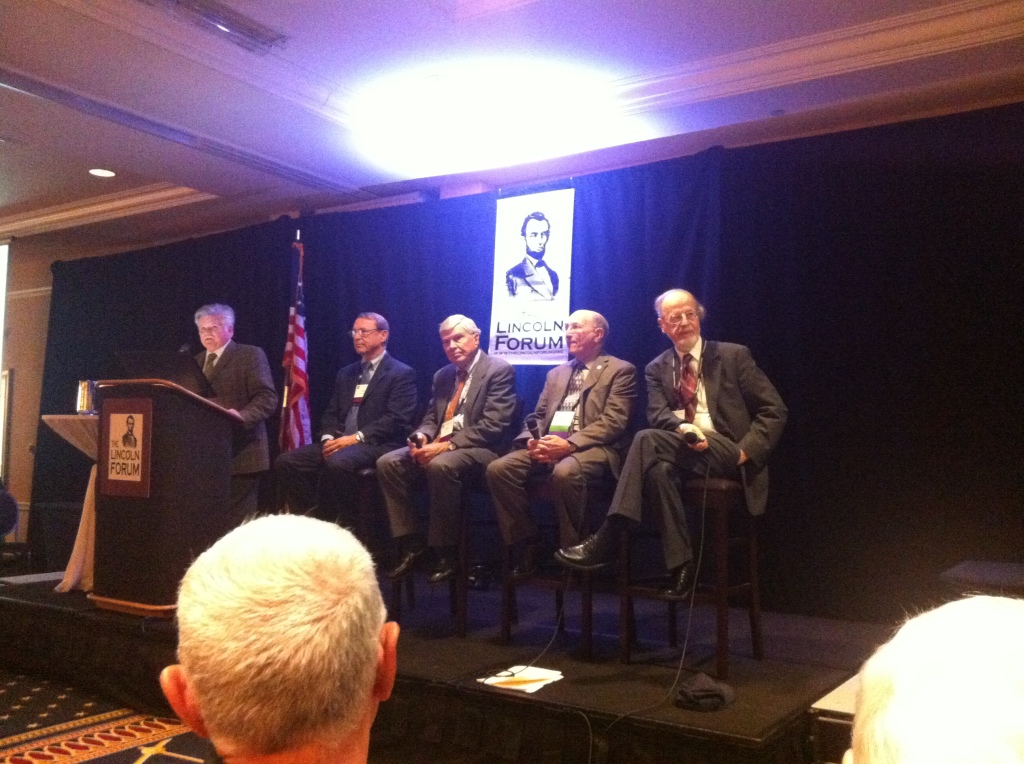
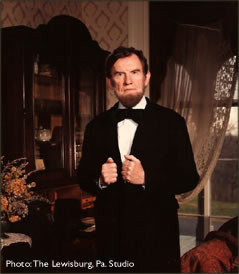
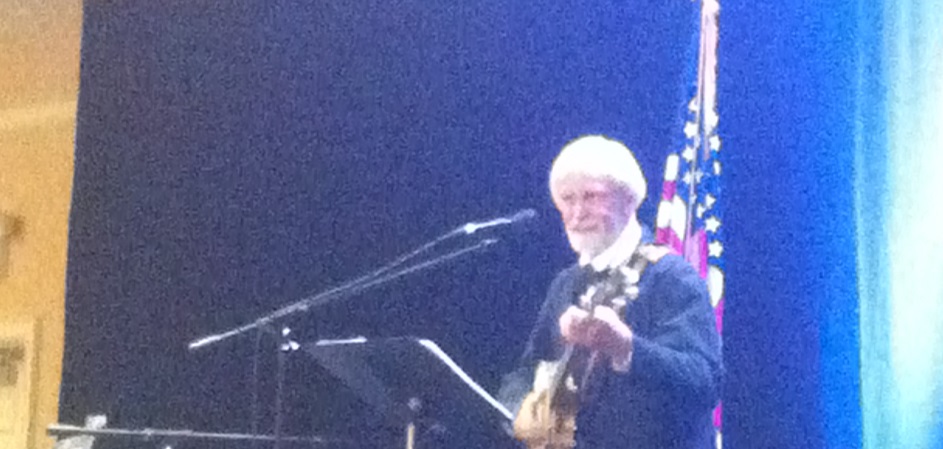
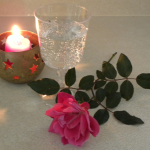 That’s how I start off my most recent piece on Hot White Snow. It all started with a full-day conference on the Election of 1864 sponsored by the Lincoln Group of DC. The next day I flew to Vancouver for SETAC, and then after only a couple of days back took off for Gettysburg and the annual Lincoln Forum.
That’s how I start off my most recent piece on Hot White Snow. It all started with a full-day conference on the Election of 1864 sponsored by the Lincoln Group of DC. The next day I flew to Vancouver for SETAC, and then after only a couple of days back took off for Gettysburg and the annual Lincoln Forum.  Tired of scientists being too technical in describing climate science?
Tired of scientists being too technical in describing climate science? 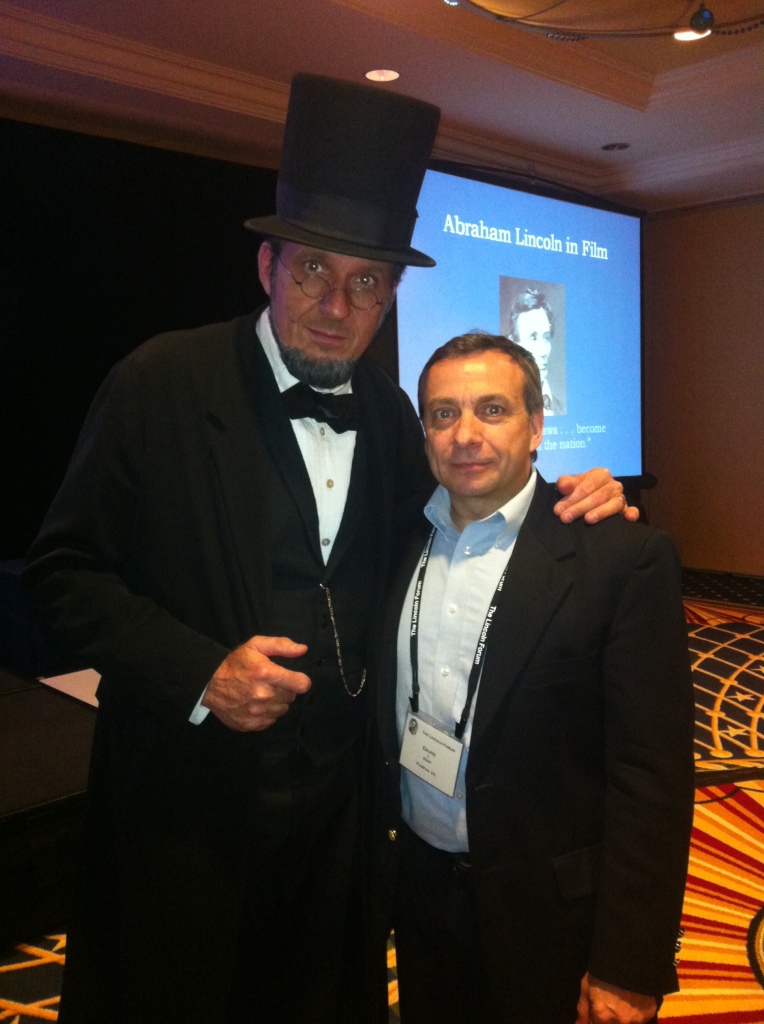
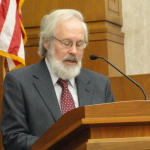
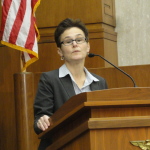 Elizabeth Varon, Professor of History at the University of Virginia, then provided some insights on the election from the South in her talk “Catastrophe or Setback? The Election of 1864 in Confederate Eyes.”
Elizabeth Varon, Professor of History at the University of Virginia, then provided some insights on the election from the South in her talk “Catastrophe or Setback? The Election of 1864 in Confederate Eyes.”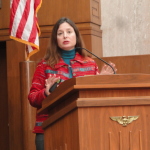 “The Summer of ’64” was a critical time period that significantly impacted the election, said University of Kansas Professor Jennifer Weber, author of Copperheads. Grant’s overland campaign had even die-hard Unionists war weary; Weber explored many reasons how military disasters turned into Union – and Lincoln’s – victories.
“The Summer of ’64” was a critical time period that significantly impacted the election, said University of Kansas Professor Jennifer Weber, author of Copperheads. Grant’s overland campaign had even die-hard Unionists war weary; Weber explored many reasons how military disasters turned into Union – and Lincoln’s – victories.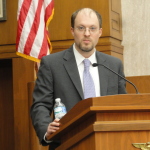 Speaking of the military, the soldier vote was crucial to Lincoln’s electoral victory in November. Christopher Newport University Professor and historian Jonathan W. White examined voting dynamics that possibly changed the outcome of the election in “Emancipation and the Soldier Vote of 1864.”
Speaking of the military, the soldier vote was crucial to Lincoln’s electoral victory in November. Christopher Newport University Professor and historian Jonathan W. White examined voting dynamics that possibly changed the outcome of the election in “Emancipation and the Soldier Vote of 1864.”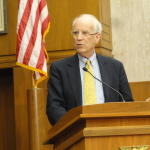 Following these great talks was our keynote speaker, noted historian Michael Burlingame, author and editor of numerous books on Abraham Lincoln. In a wide-ranging talk, Burlingame brought us into the opposition Lincoln faced in reelection, including many in his own party. His “Radicals, Abolitionists, and Lincoln’s Reelection” explored the fickleness not just of the public, but of the lawmakers and generals who worked for and against Lincoln.
Following these great talks was our keynote speaker, noted historian Michael Burlingame, author and editor of numerous books on Abraham Lincoln. In a wide-ranging talk, Burlingame brought us into the opposition Lincoln faced in reelection, including many in his own party. His “Radicals, Abolitionists, and Lincoln’s Reelection” explored the fickleness not just of the public, but of the lawmakers and generals who worked for and against Lincoln.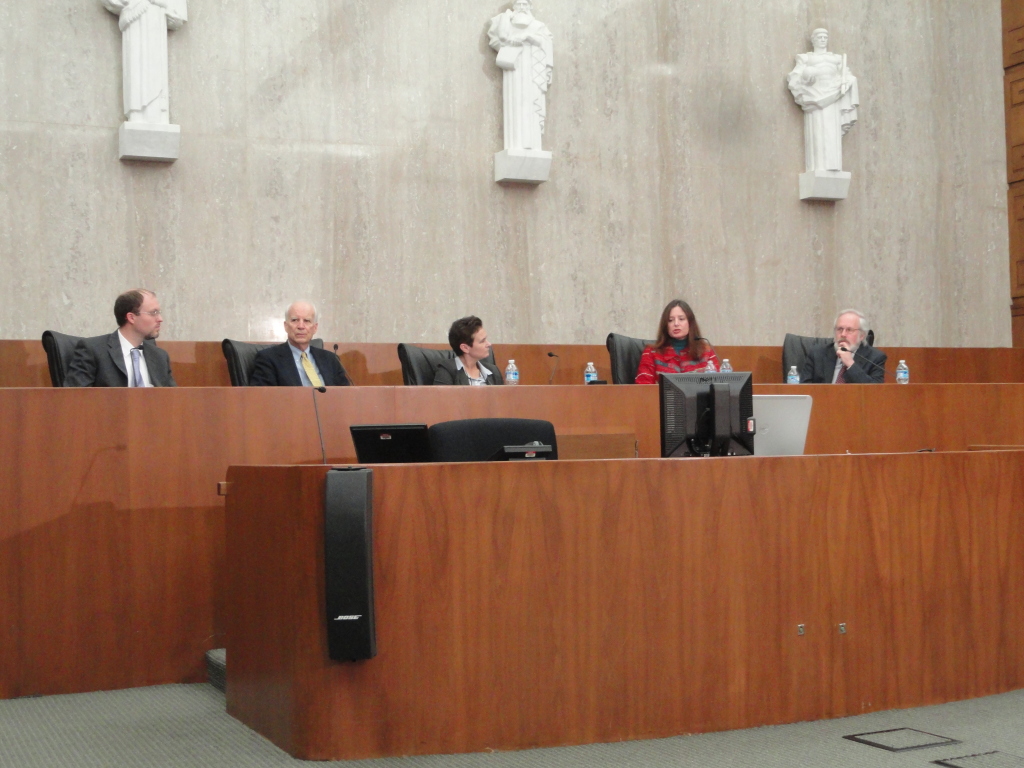
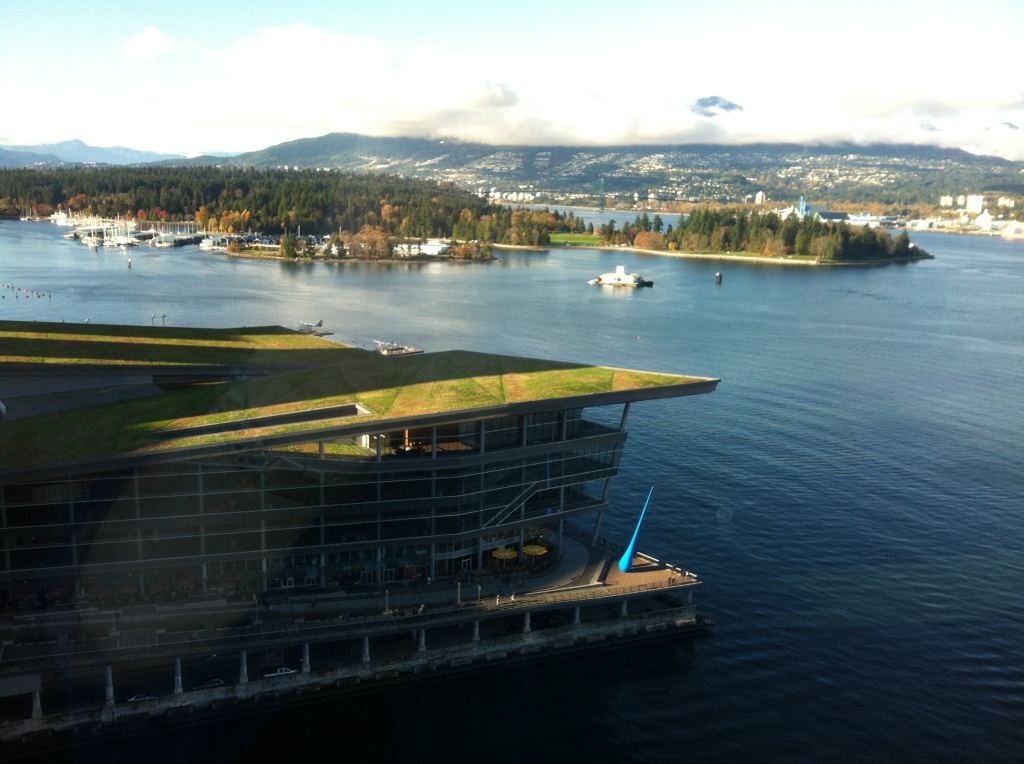
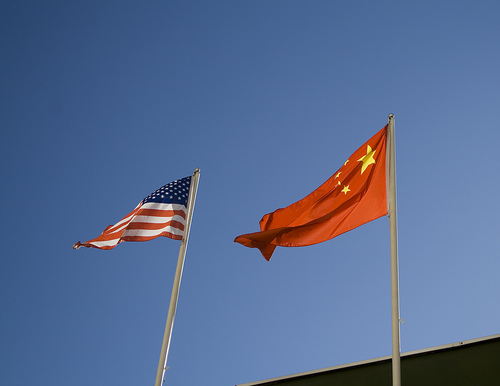
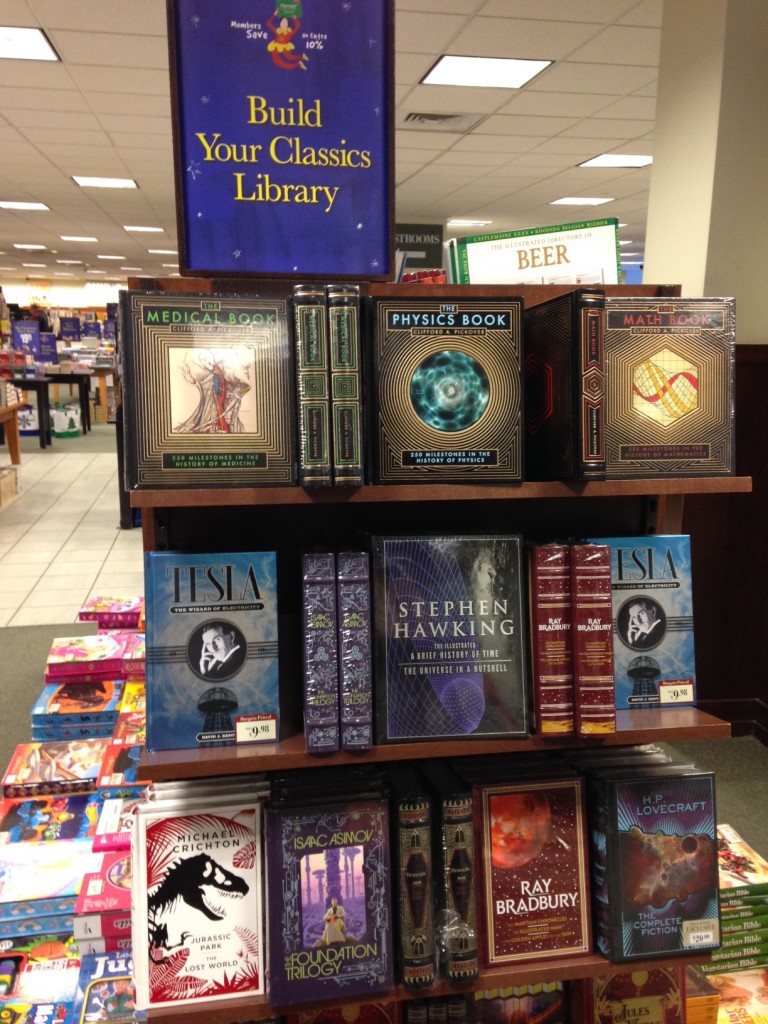



 What do Picasso’s “Guernica,” David’s “The Death of Marat,” and Wyeth’s “Christina’s World” have in common? They all were posters hanging on my bedroom wall as a teenager. Yes, I was not a normal child. Read more at “
What do Picasso’s “Guernica,” David’s “The Death of Marat,” and Wyeth’s “Christina’s World” have in common? They all were posters hanging on my bedroom wall as a teenager. Yes, I was not a normal child. Read more at “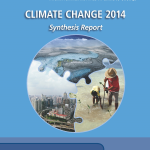 Two big events in climate science occurred this week. The most important one (IPCC’s Synthesis Report) was largely ignored while the least important one (Mid-Term Elections) will be talked about for the next two years. Check out why on
Two big events in climate science occurred this week. The most important one (IPCC’s Synthesis Report) was largely ignored while the least important one (Mid-Term Elections) will be talked about for the next two years. Check out why on 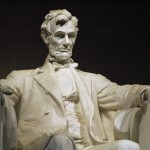 Speaking of elections,
Speaking of elections, 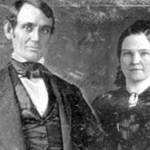 Meanwhile, this week also saw the anniversary of Lincoln’s tempestuous marriage to Mary Todd. The sudden wedding caught everyone by surprise; could have been because Mary had seduced old Abe? And why did Mary refuse to be photographed with her husband?
Meanwhile, this week also saw the anniversary of Lincoln’s tempestuous marriage to Mary Todd. The sudden wedding caught everyone by surprise; could have been because Mary had seduced old Abe? And why did Mary refuse to be photographed with her husband? 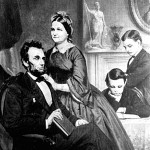 On November 4, 1842, Abraham Lincoln rushed around to his friends and invited them to his one-day’s notice wedding to Mary Todd. The sudden marriage came as a shock to their family and friends, many of whom weren’t aware the couple had resumed their courtship almost two years after the ignominious “fatal first” that ended their prior engagement.
On November 4, 1842, Abraham Lincoln rushed around to his friends and invited them to his one-day’s notice wedding to Mary Todd. The sudden marriage came as a shock to their family and friends, many of whom weren’t aware the couple had resumed their courtship almost two years after the ignominious “fatal first” that ended their prior engagement.